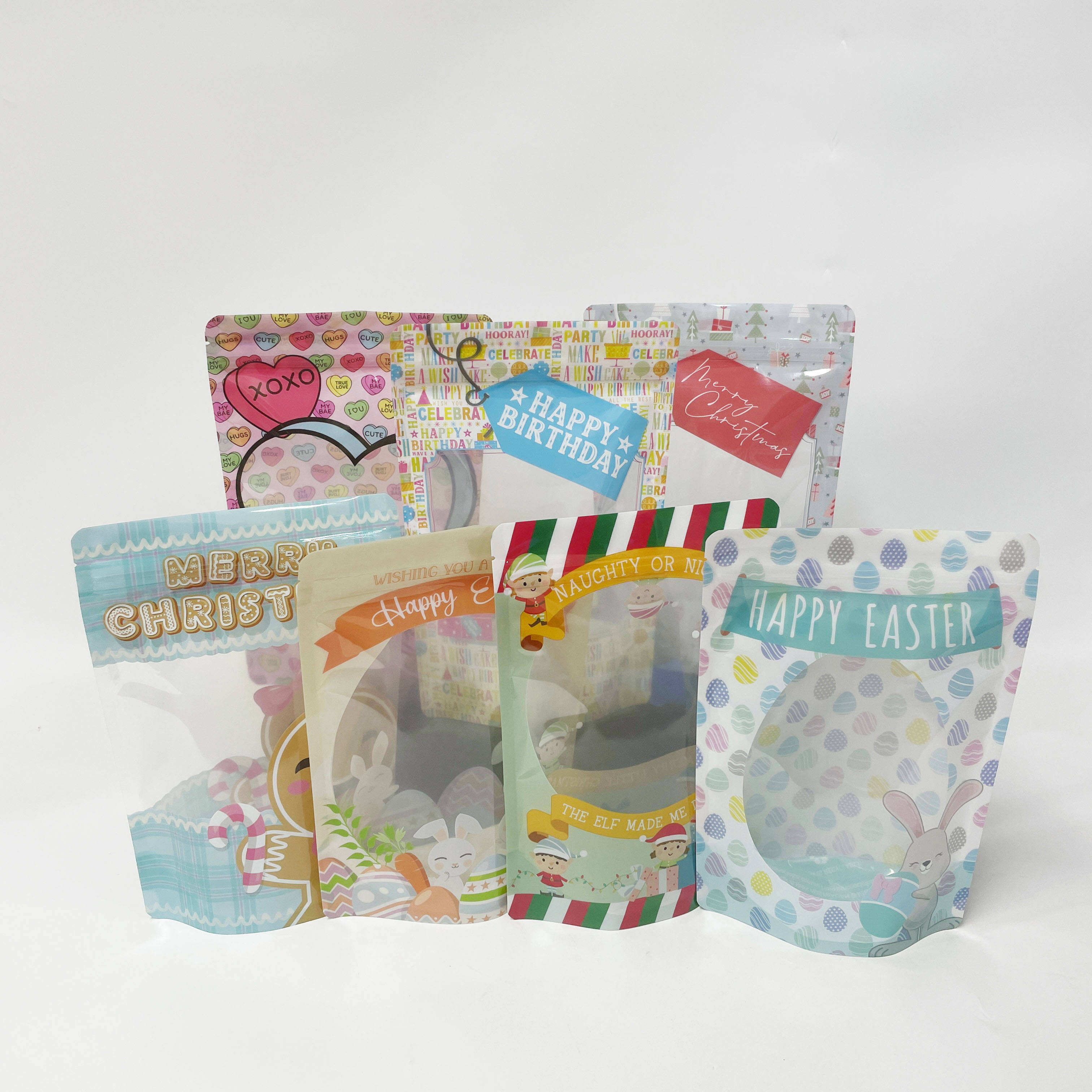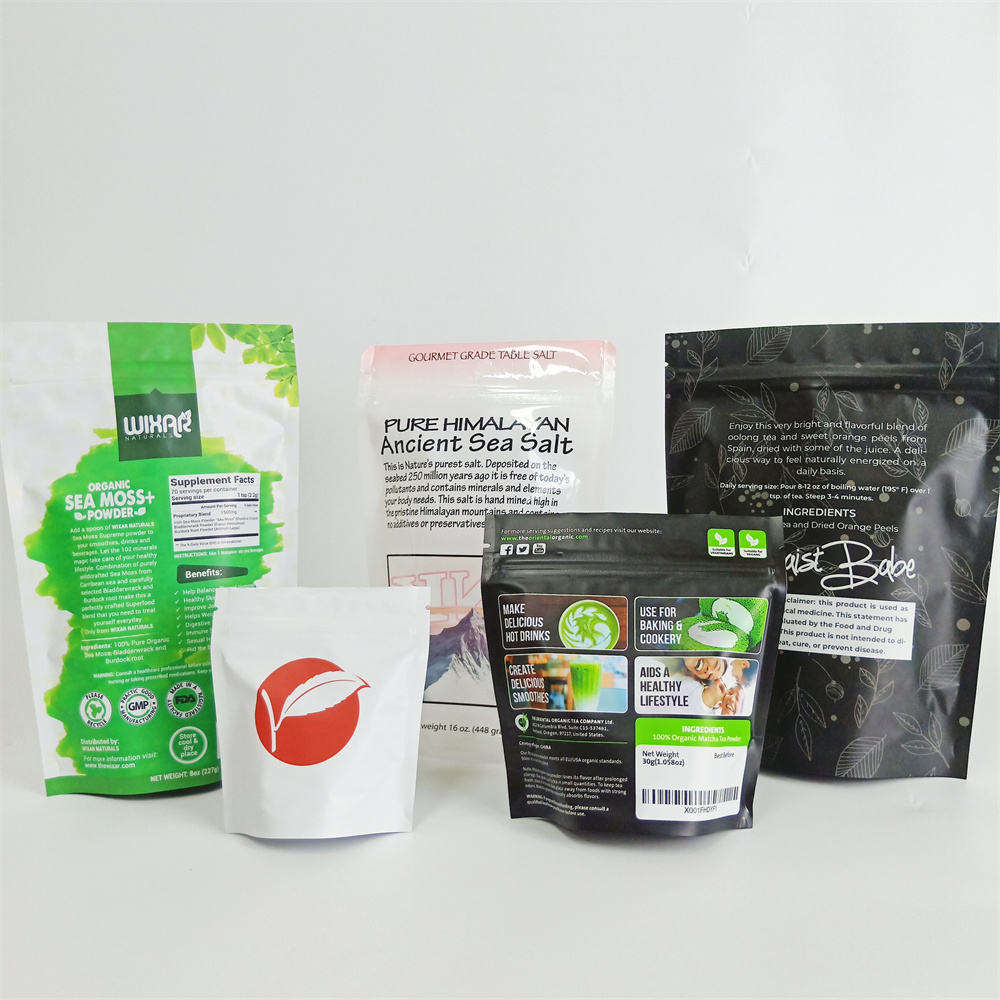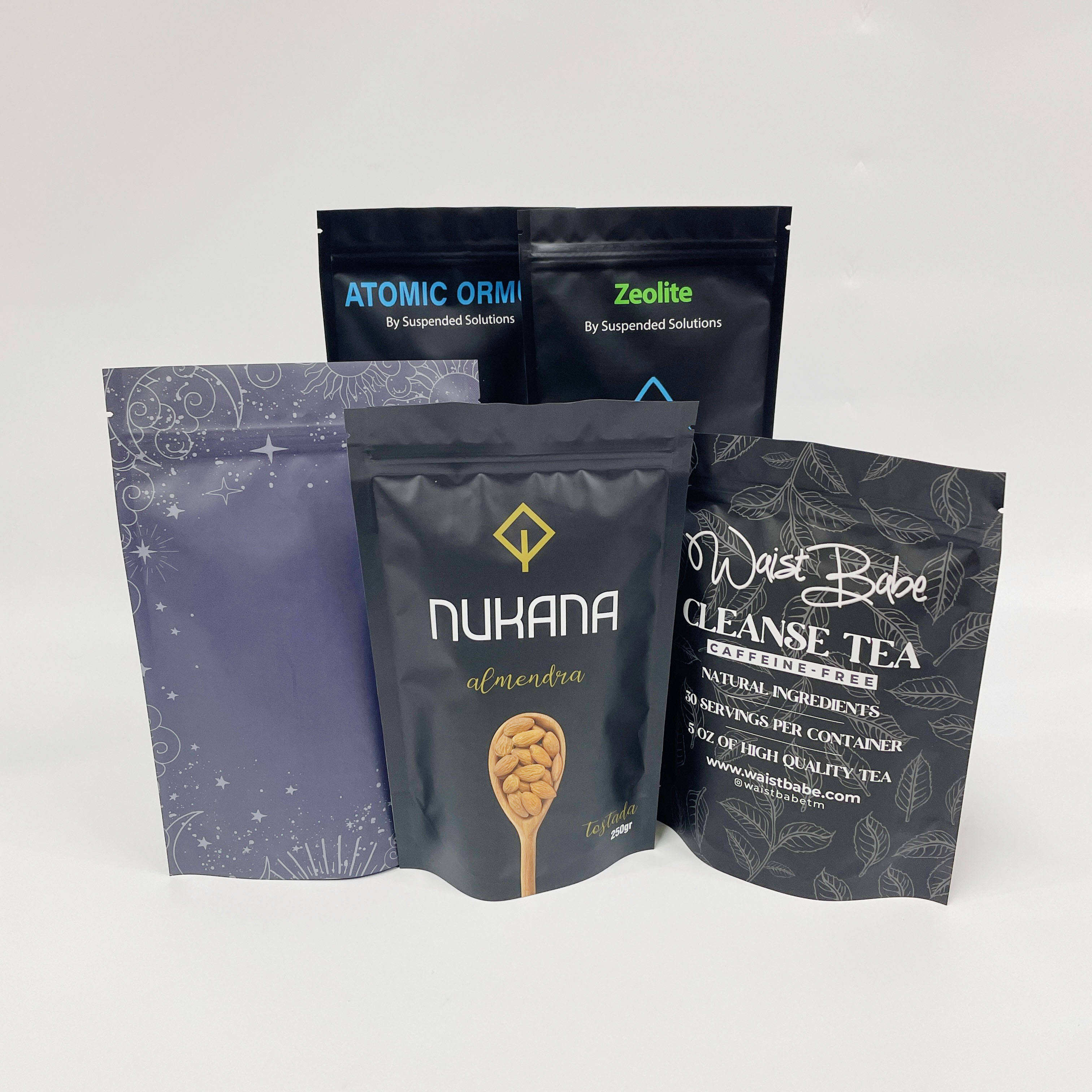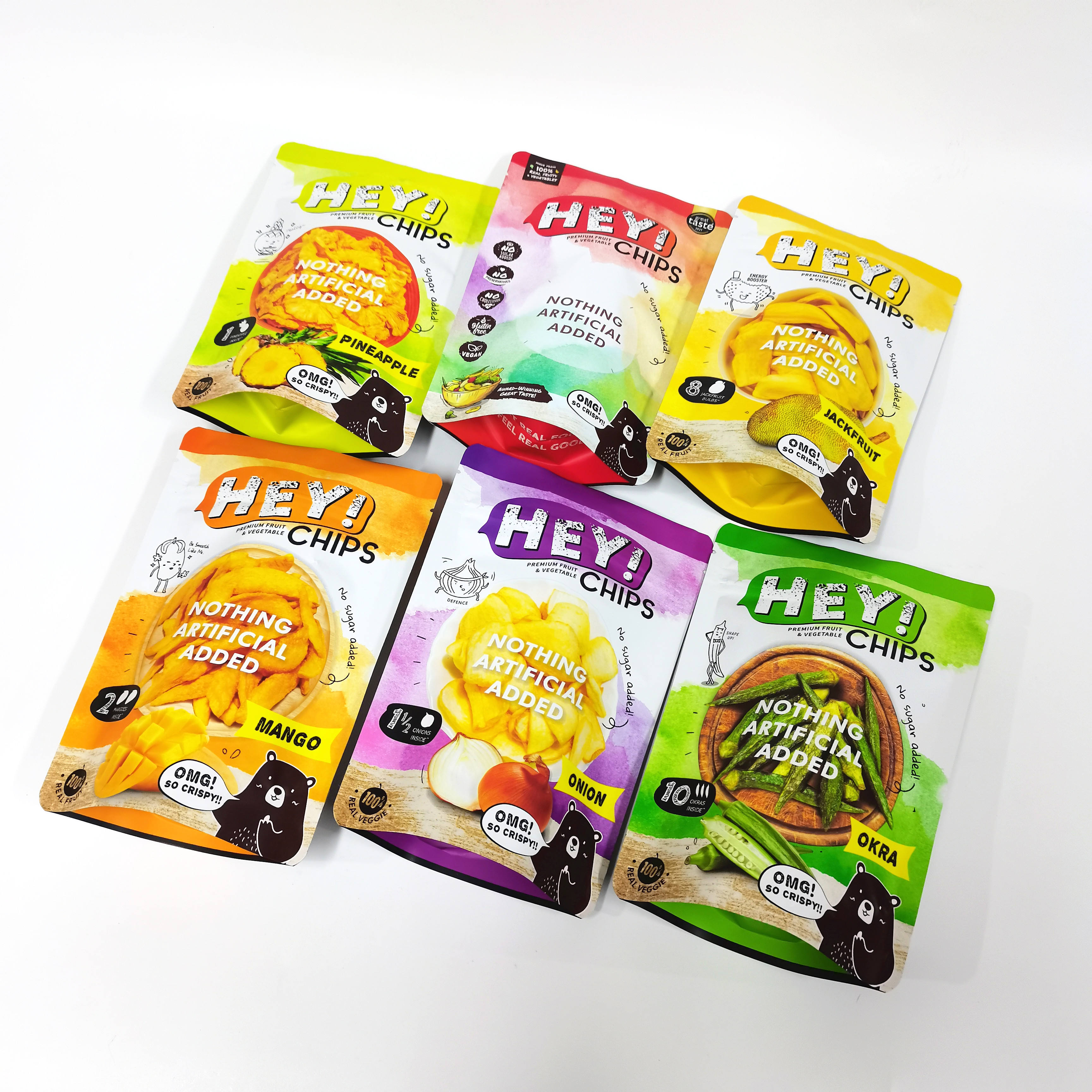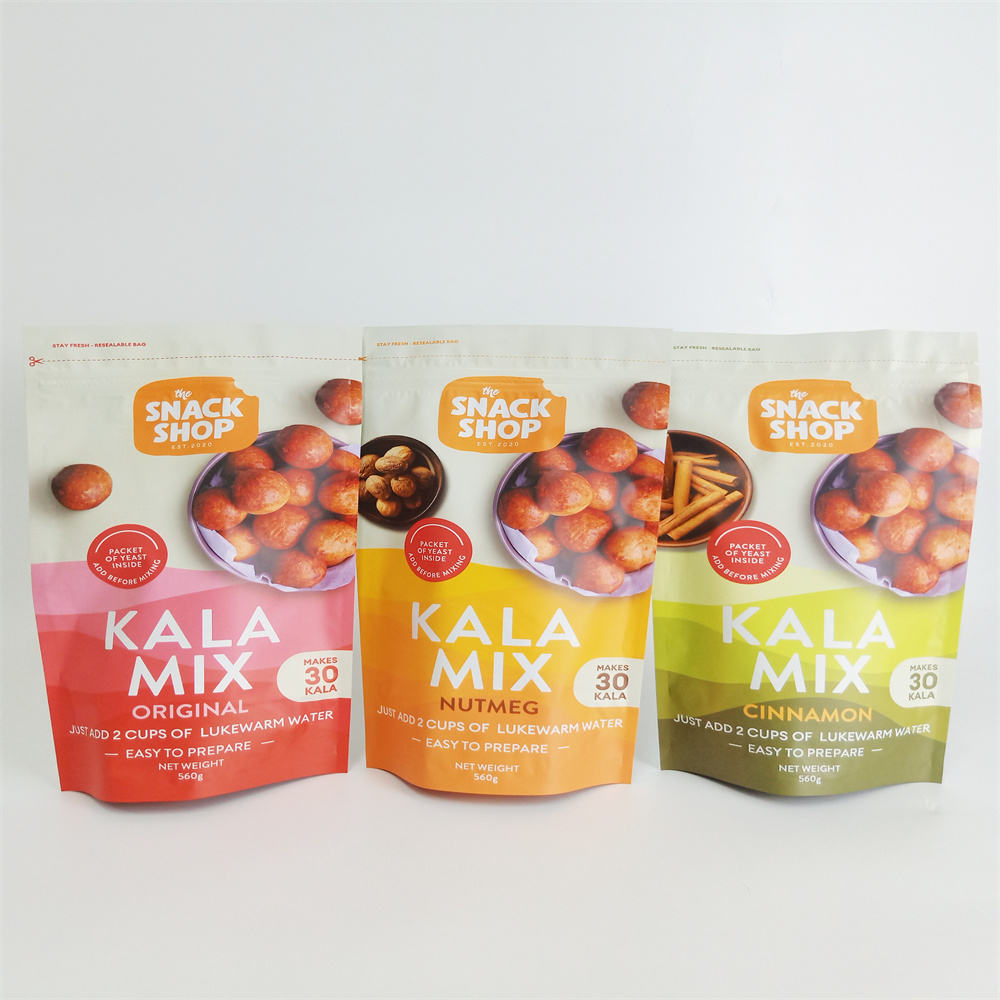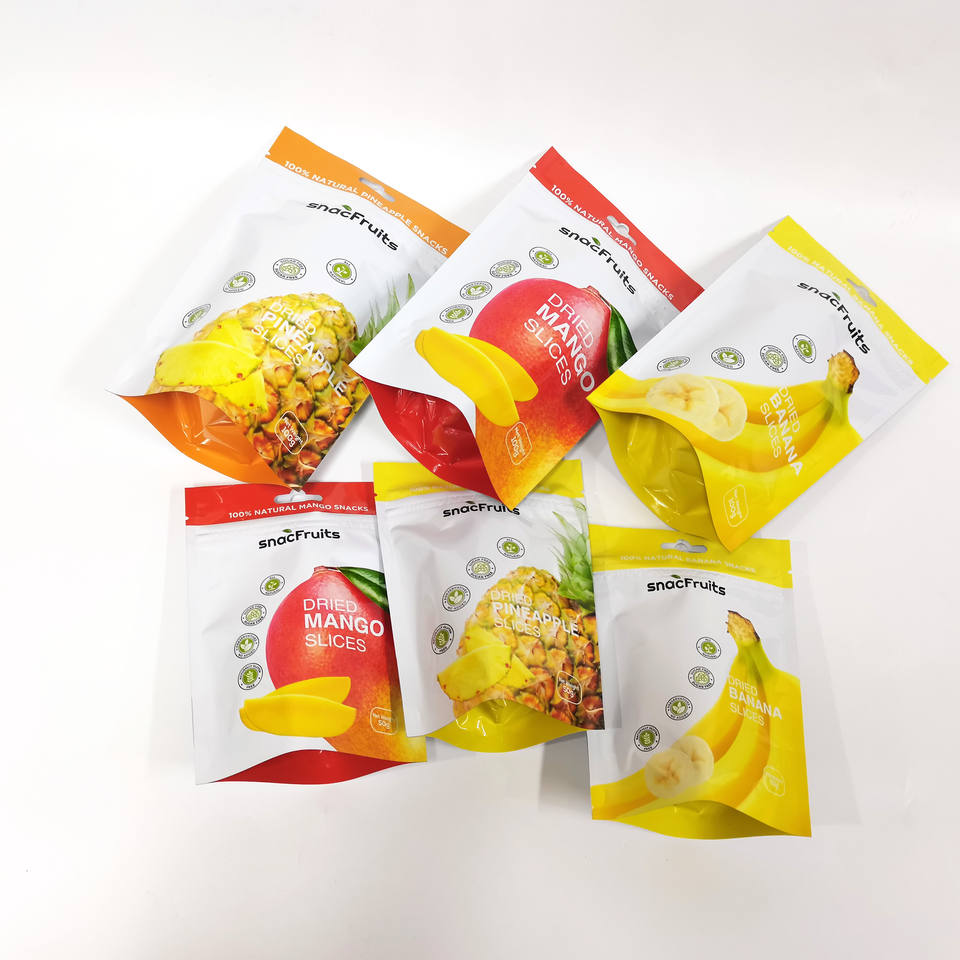Definition of food grade
By definition, food grade refers to a food safety grade that can come into direct contact with food. It is a matter of health and life safety. Food packaging needs to pass food-grade testing and certification before it can be used in direct contact with food. For plastic products, food grade mainly focuses on whether the material will dissolve harmful substances under normal conditions and high temperature conditions. Industrial-grade plastic materials will dissolve harmful substances at room temperature or high temperature, causing harm to human health.
- 1.Food-grade packaging bags need to meet the requirements
Food-grade packaging must meet the protection needs of all aspects of food
1.1. Food packaging requirements can block water vapor, gas, grease and organic solvents, etc.;
1.2. According to the special requirements of actual production, functions such as anti-rust, anti-corrosion and anti-electromagnetic radiation are added;
1.3. Ensure food safety and pollution-free while extending the shelf life of food.
The main and auxiliary materials used in food-grade packaging cannot contain substances that are harmful to the human body, or the content is within the range allowed by the national standard.
Due to the particularity of food-grade plastic packaging, only by strictly following the production specifications can the product be approved and put into the market.
All inner packaging bags that come into contact with food strictly abide by the manufacturing process of food-grade packaging bags, which are not only safe and hygienic, but also ensure the original taste of delicious food.
Instead of food-grade packaging bags, in terms of material composition, the main difference is the use of additives. If an opening agent is added to the material, it cannot be used for food packaging.
- 2.How to distinguish whether the packaging bag is food grade or non-food grade?
When you get the packaging bag, observe it first. The brand new material has no peculiar smell, good hand feeling, uniform texture and bright color.
- 3.Classification of food packaging bags
According to its scope of application can be divided into:
Ordinary food packaging bags, vacuum food packaging bags, inflatable food packaging bags, boiled food packaging bags, retort food packaging bags and functional food packaging bags.
There are also many types of materials: plastic bags, aluminum foil bags, and composite bags are more common.
The vacuum bag is to extract all the air in the package and seal it to maintain a high degree of decompression in the bag. The scarcity of air is equivalent to the effect of hypoxia, so that microorganisms have no living conditions, so as to achieve the purpose of fresh food and no rot.
The food aluminum foil bag is made into an aluminum foil bag product after dry compounding of aluminum and other high-barrier materials according to the unique properties of aluminum. Aluminum foil bags have good functions of moisture resistance, barrier, light protection, permeation resistance and beautiful appearance.
Food-grade composite bags are moisture-proof, cold-resistant, and low-temperature heat-sealable; they are mostly used for instant noodles, snacks, frozen snacks, and powder packaging.
- 4.How are food packaging bags designed?
The design of food packaging bags needs to start from the following points: First, understand the function of packaging
1.The physical properties of the loaded items: product protection and convenient use. Protecting products from individual independent packaging, to whole packages, and then to centralized sealing packaging, all are used to protect products from bumps and facilitate transportation. Convenient use The purpose of moving from small packages to large packages is to protect the product, and the layer-by-layer division from large packages to small packages serves the purpose of convenient use. More and more food packaging, from the whole package of daily packaging, is slowly being subdivided into scenarios. Enterprises with product upgrades have made the packaging independent packaging: one is hygienic, and the other is that it can roughly estimate the amount used each time. .
2.The role of display and publicity. Product designers will regard packaging as a product. Considering usage scenarios, ease of use, etc., advertising designers will regard packaging as a natural promotional medium. It is the nearest and most direct media to contact with target users. Good product packaging directly guides consumers to consume. Packaging positioning says that brands and products should be positioned. What is packaging positioning? Packaging is the extension of the product and the first "product" that contacts consumers. The positioning of the product will directly affect the form of expression and even the function of the packaging. Therefore, the positioning of the packaging must be considered in conjunction with the product. What is the differentiated positioning of your products in the same category? Are you selling cheap, high-quality, special people or innovative products that are unique? This must be considered in conjunction with the product at the beginning of the design.
Post time: Dec-30-2022

